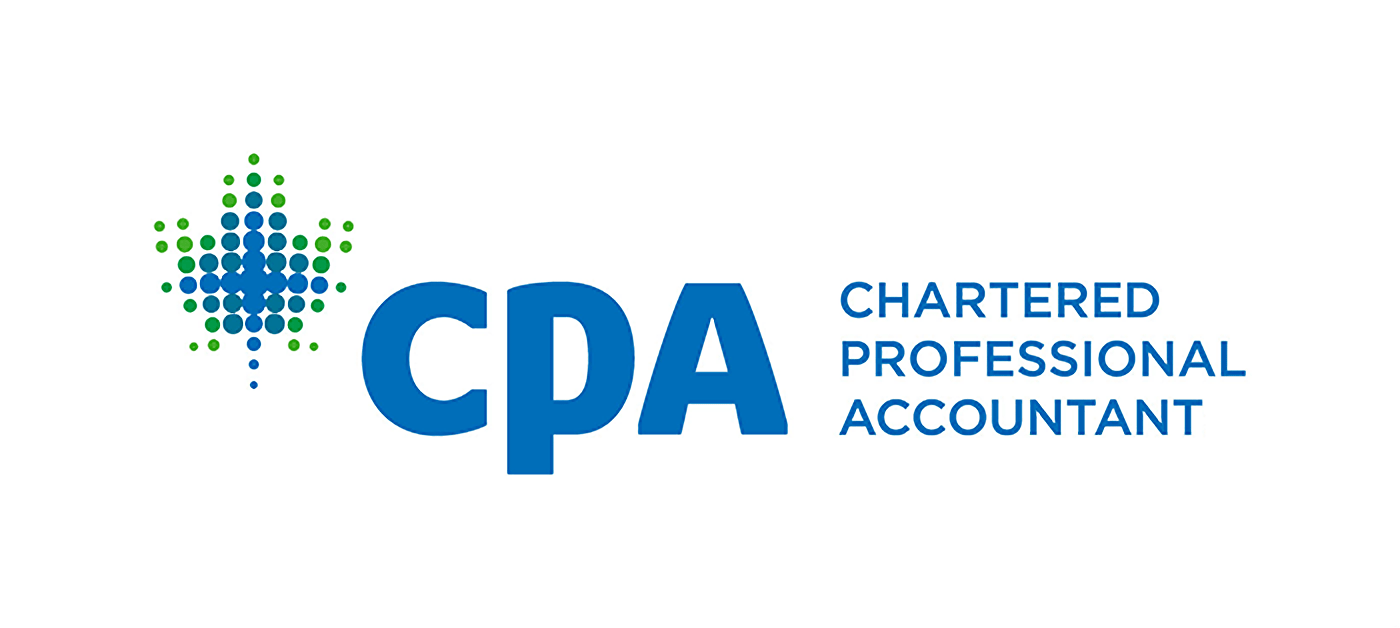ProFix for Small Business
Trust Accounting: The Basic Principles for Lawyers and Law Firms
Trust Accounting for Lawyers
Trust accounting is simply the bookkeeping of multiple lawyers’ trust accounts that law firms manage in accordance with provincial requirements and regulations. Everyday, millions of dollars pass through lawyers’ trust accounts and law firms are required to safeguard, segregate, and properly account for these funds.
Trust accounts are regulated by both generally accepted accounting principles (GAAP) and Provincial Law Societies — in BC that is the Law Society of British Columbia (LSBC). Handling a trust account is an important responsibility subject to regular audits by the Law Society, and it’s critical to ensure that your accounting processes are correct.
Trust accounting is a foundational aspect of many legal transactions, and is used by most law firms in British Columbia. However, there are not many CPA firms that specialize in trust accounting, like PROFiX Accounting and Strategy. Find out the basics of trust accounting to determine whether your firm is handling it correctly.
What is a lawyers’ trust account?
A lawyers’ trust account is a legal arrangement where funds are held on behalf of other people in bank accounts designated as Trust Accounts. They are subject to the rigorous trust assurance standards outlined by your provincial Law Society. The handling of these funds, and the trust that these funds will deliver when appropriate, are fundamental in the completion of all kinds of business and personal transactions, including buying and selling of businesses or property and settling legal disputes.
Software Training offer:
TRUST ACCOUNTING IN CLIO and XERO
Is your law firm Law Society Compliant in Clio and Xero? If you aren't doing a 5-way trust bank reconciliation, you are not compliant.
Learn the proven method for keeping your financials clear and on track. We'll go through each step from set up to reconciliation, plus share tips for best practices and supporting apps.
In this
4-hour course, we outline our start to finish process for trust accounting in Clio, plus provide tips and best practices for working efficiently and staying organized.
Learn more and see the course outline.
How a Lawyers’ Trust Account Works
A lawyers’ trust account must be held at a designated financial institution and can hold cash of different types of currencies for a variety of reasons related to legal transactions or for legal services.
A lawyer may also hold trust property, which can be anything of value other than trust funds received by the lawyer in trust. Only law firms may set up and operate lawyers’ trust accounts and a lawyer must always approve of, and be one of the signatories on, any transactions involving trust funds.
Any interest that is paid by a financial institution on trust funds held in a lawyers’ trust account is payable to the Law Foundation of BC, and law firms are required to instruct their bank to remit those funds directly to the Law Foundation in writing when they open their trust accounts.
The Law Foundation uses these funds for legal education, aid, and research.
If a client instructs their lawyer in writing that they would like the interest on their trust funds payable to them, then the lawyer may deposit these funds into a Separate Interest Bearing Trust Account (SIBTA) and instruct their financial institution to pay the interest on those funds into the SIBTA to be eventually returned to the client or used for other purposes at their direction.
The most important thing to note is that the lawyers must follow the BC Law Society Rules: Part 3, Division 7 & 8 on the receipt, administration, and disbursement of client trust funds. The guidelines for administering a trust account and the required accounting records are found in the Trust Accounting Handbook from The Law Society of British Columbia.
Trust Accounting Rules
In order to be compliant with the LSBC trust accounting rules and regulations you are required to follow when opening and operating a trust account, it’s vital to know and understand the trust accounting rules and requirements.
That’s why it’s best to work with a leader in trust accounting, so you can be sure that your clients’ funds and your practice’s books are in order. The law firm is responsible for having controls in place for receiving and disbursing client trust money and keeping accurate records.
What You Need to Know About Managing a Trust Account
Any client trust funds received by a lawyer must be deposited into a pooled trust account as soon as possible. PROFiX recommends the funds are deposited within 1 business day of receipt.
Keep in mind that only funds directly related to legal services provided by the lawyer or law firm may be deposited into the lawyers’ trust account. A lawyer may only accept a maximum of $7,500 in a trust fund transaction involving cash, unless a very specific use for those funds is met.
Beware of trust shortage, which is any situation where $2,500 or more of client trust funds related to one client matter is disbursed in error or when inappropriate. Most firms experience a trust shortage at one time or another. The important part is to fix the error and report it to the Law Society immediately.
Bank Accounts and Deposit Slips
You must deposit client trust funds into your pooled trust account as soon as practicable after you receive them.
In other words, don’t delay in collecting information about what client matter the funds should be deposited to and what they are for. If funds are paid by cheque, record the transaction in your accounting software being sure to apply it to the correct matter.
Include a description that is easily understandable, such as “Retainer for Legal Fees” or “Settlement Funds”.
You should determine at that time if the funds will be subject to the LSBC Trust Administration Fee (more on that below). The amount of the deposit should be posted to the pooled trust bank account journal and the clients’ trust listing journal. This will have the running balance of the funds in both your bank account and by individual client matter.
Accounting Records
Review your trust account bank statement regularly and carefully to ensure there are no errors or unrecorded deposits or withdrawals.
PROFiX recommends setting up view-only access to your trust account through online banking so you can check your trust account daily.
You will need to reconcile the balance by checking off all withdrawals and all deposits against your records for each trust account. You will also have to complete and keep extra records to be compliant with the Law Society’s regulations for certain transactions, including matter-to-matter trust transfer and electronic trust deposits or payments.
Trust Account Ledgers and General Ledgers
A three-way reconciliation is unique to the legal sector, and it’s important to work with a CPA who is familiar with this process. In a three-way reconciliation, you need to make sure that your trust account statement aligns with the client trust ledger and the bank account ledger.
Using law accounting software like Clio, the trust account supervisor can get a full listing of the transactions for a specific client and audit the funds going in and out of the trust account with ease.
Reporting and Audits
Law firms that operate trust accounts are subject to extra reporting standards by the Law Society. Any practicing lawyer in BC must file an Annual Trust Report, which provides information to the Law Society about their practice and trust accounting procedures.
Anna DiBella has experience assisting lawyers understand their trust accounting information in order to complete these reports, as well as implementing processes to ensure you are compliant with all of the trust accounting rules.
Certain trust funds are subject to the Trust Administration Fee (TAF), payable quarterly to the Law Society of BC. It is important to remember that certain types of trust fund deposits are subject to TAF while others aren’t, and that TAF is only payable once by each individual client matter.
Note that all law firms in BC are subject to compliance audits by the Law Society of BC. In some cases, the Law Society will instruct a firm to pay for an Accountant’s Report, which is an external review of your accounting practices.
PROFiX can assist you in preparing for your audit, or help you get your trust accounting procedures in order so you are audit ready.
Accounting Software
Using the right tools for the task at hand means that the job will be easier and more accurate. Most law firms work with Clio, ESILaw, or PC Law for managing trust accounting.
Anna DiBella is familiar with using all law softwares to handle trust accounts, so there is no training or onboarding required. Once she has an understanding of your needs, Anna is able to get started with managing your trust accounts right away.
Trust Accounting and Law Society Rules
The Law Society of British Columbia has outlined a number of resources, forms, checklists, templates, and other information for law firms and their finance teams to use when implementing trust accounting practices.
Be sure to follow these processes to avoid any current liability — or work with a CPA specialist in trust accounting — to ensure that your clients have confidence in the security of their trusts.
Get in touch with PROFiX today to learn more about how trust accounting works. We will personally set up your trust accounting processes to ensure they meet all compliance requirements.
Accounting Articles for Law Firms
PROFiX For Law Firms
Trust Accounting Specialists, Legal Bookkeeping, and Fractional CFO (Chief Financial Officer).
Serving British Columbia, Canada




